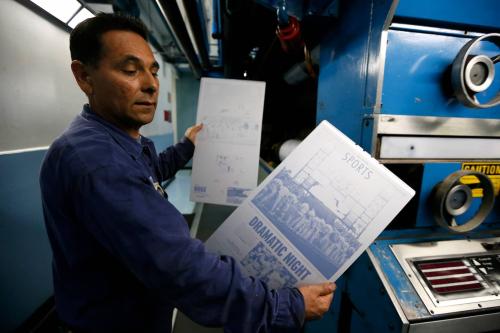Modern economies are heavily dependent on the corporate form of doing business. The sheer scale of modern commercial activity, once it goes beyond the individual store and workshop, increasingly demands capital beyond the resources of most individual entrepreneurs. Although the capital needs could in some cases be met by partnership, the partnership form has proved rather inflexible and is utilized primarily for very small enterprises and for the professions. Some professional organizations using the partnership form—such as accounting and law firms—have taken advantage in the United States of various special statutory entity forms, such as limited liability partnerships and limited liability corporations, that grant limited liability but cannot be easily used as a source of large-scale capital from public investors.
The use of companies to pool large sums of capital and therefore to raise capital for large new commercial ventures has been increasingly common since the Dutch and English East India companies were organized at the beginning of the seventeenth century. By the twentieth century corporations became the dominant organizational vehicle for commercial ventures almost without exception throughout the world.
The Corporation in Historical Perspective
The corporation was an institution that helped to solve the long distance trade problem of early Europe, just as were the various enforcement institutions that helped to bridge the separation of the quid and the quo. At least in England the corporation was much more important in long-distance trade than it was in domestic commerce. The English East India Company received a charter from the Crown in 1600. But companies had existed for centuries before they were used for economic ends. Previously they had been, in England, “regulated companies” limited to non-profit purposes. Only after regulated companies began to be chartered by the English crown for trading purposes were they gradually superseded for such purposes by joint stock companies. These joint stock companies were not chartered by the state but rather represented a private sector contractual arrangement. Over time transferable shares of joint stock companies became common de facto if not de jure, and only later did limited liability become common. That shareholders could not be held liable for the debts of the company was not fully established until the enactment by Parliament of the 1855 and 1856 limited liability acts.



